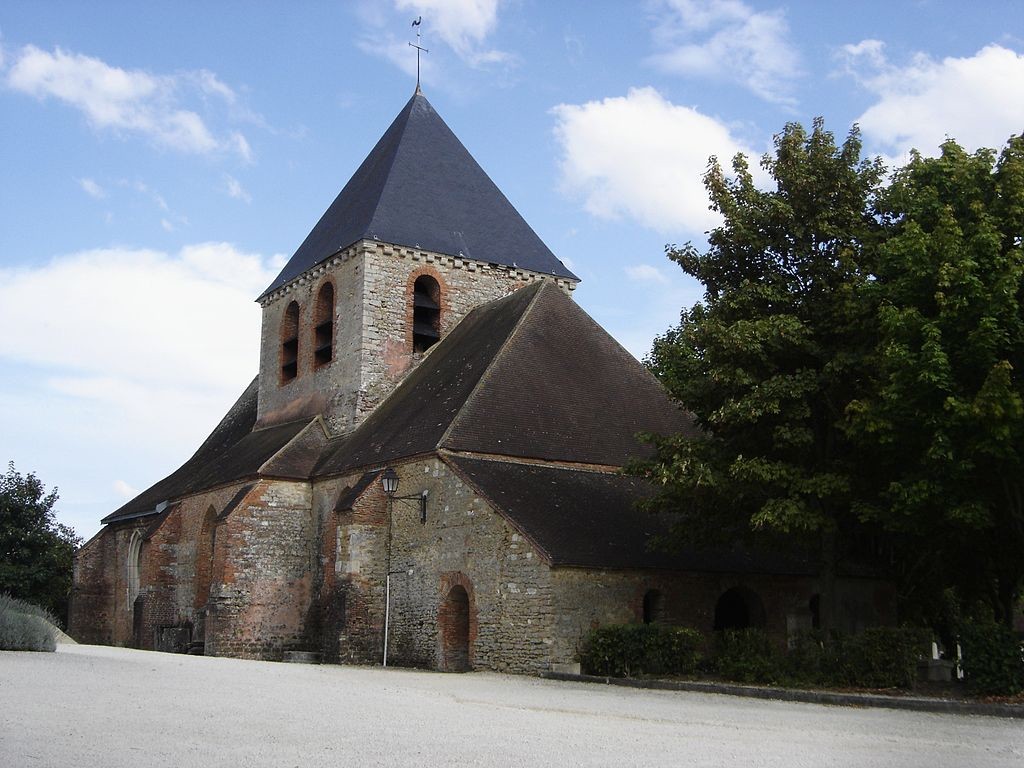About
The church of Saint-André, located on rue de la mission a few meters from the town hall, bears witness to life in Mesnil-Saint-Père in the 12th century.
Altered in the 17th and 18th centuries, it is now closed for security reasons, but can still be admired from the outside. It has been listed as a historic monument since 1982.
Rate
Gratuit
